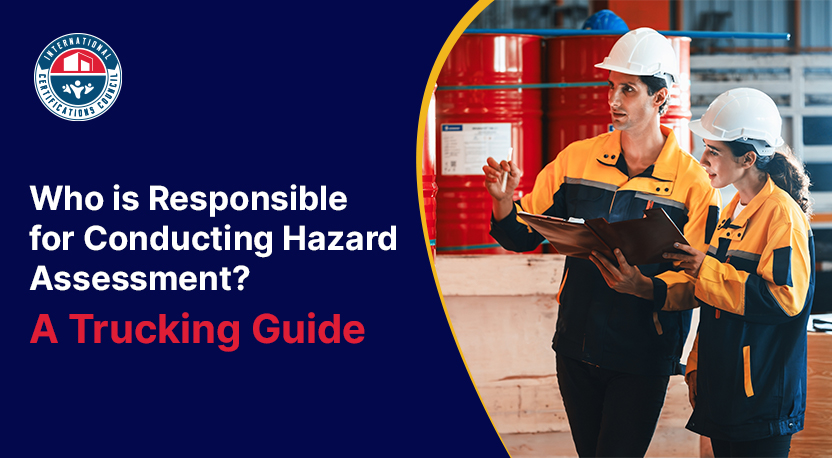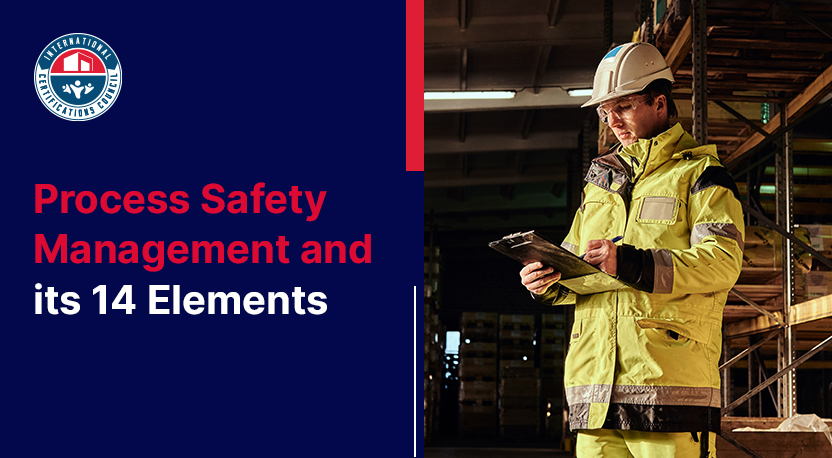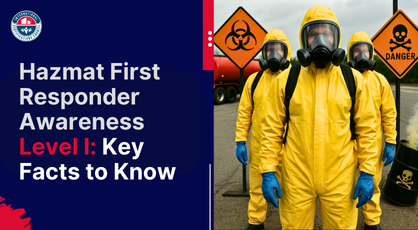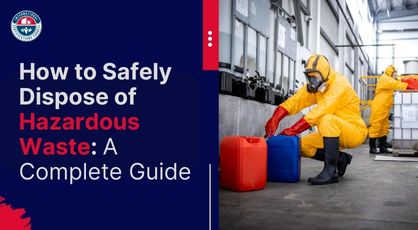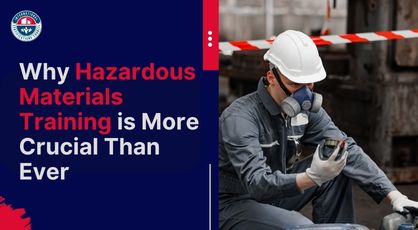When you're in the business of transporting and dealing hazardous material via road, air, or any other modes, it becomes critically important for you to be extra careful. As these dangerous materials can create unique risks to people, employees, property, and the environment, you have to follow strict safety rules.
These placards are like signs that tell your employees what's inside a package and if it's dangerous. The Department of Transportation (DOT) and the Federal Motor Carrier Safety Administration (FMCSA) say these placards are crucial for telling people about dangers, helping emergency workers, and making things more secure.
Knowing how to use Hazmat placards is a big part of keeping things safe. Implementing a hazmat placard training program ensures that your workers are equipped with the DOT placard knowledge to handle hazardous material safety.
In this post, we'll talk about why it's crucial for anyone involved in moving or handling dangerous stuff to get trained in understanding and using Hazmat placards.
But let’s first understand what hazmat placards are and why they are important.
What are Hazmat Placards?
Hazmat placards are like big, clear signs on trucks, containers, or other vehicles carrying dangerous material. They tell important details about what's inside, like what kind of danger it might have.
Instead of putting them on small packages, they're used for larger amounts of hazardous materials during transportation. You'll usually see them on the outside of trucks or containers.
They have to be on all four sides of the vehicle or container, always in a certain square shape and having a solid border.
The numbers on them that show the hazard class have to be a specific size too. And when it comes to writing, everything on these signs has to be in English unless someone officially says otherwise.
Why are DOT Placards Important?
Here are some of the many key reasons why Hazmat placards are important for your organization:
Identification of Hazardous Materials
DOT placards provide a quick visual indication of the type of hazardous materials being transported. This is crucial for emergency responders, transportation workers, and others who may come into contact with the materials.
The placards help identify potential dangers and take appropriate precautions.
Emergency Response
Emergency responders need to quickly assess the situation and respond accordingly during an accident, spill, or other emergency during transportation.
DOT placards help them identify the nature of the hazardous materials involved, allowing for more effective and safer response measures.
Public Safety
The use of placards enhances public safety by ensuring that those near hazardous materials shipments are aware of potential risks.
This includes motorists sharing the road with hazardous material carriers and individuals living or working near transportation routes.
Regulatory Compliance
Regulatory agencies, such as the DOT in the U.S., mandate the use of placards as part of their hazardous materials transportation regulations.
Compliance with these regulations is essential for transportation companies to operate legally and safely. Failure to use the appropriate placards can result in penalties and fines.
Global Standardization
The use of placards follows a standardized system, helping to ensure consistency and understanding across different regions and countries.
This standardization facilitates international trade and transportation of goods by providing a common language for identifying hazardous materials.
Why is Hazmat Placards Training Essential for Effective Handling of Hazardous Materials?
Hazmat placard training is as vital as hazmat general awareness training, and here's why investing in the former is crucial for the safety and compliance of your employees:
Ensure Legal Compliance
The U.S. The Department of Transportation (DOT) has established strict guidelines for transporting hazardous materials, as outlined in Title 49 of the Code of Federal Regulations (CFR). By providing hazmat placard training for your employees, you guarantee compliance with stringent regulations imposed by authorities like the Department of Transportation (DOT).
This ensures that your organization avoids legal repercussions and penalties and promotes a commitment to following guidelines and maintaining a lawful operation.
Heighten Safety Awareness
Your team gains a heightened sense of safety awareness through hazmat placard training. Understanding the significance of different placards empowers your employees to recognize potential hazards associated with specific materials. This knowledge fosters a safety culture and encourages everyone to handle materials carefully and respond effectively to emergencies, ultimately reducing the risk of accidents and injuries.
Enhance Emergency Response Preparedness
With hazmat placard training, your employees become better prepared to respond to emergencies. The information conveyed through placards allows your team to assess situations and communicate relevant details to emergency responders quickly.
Also, it helps them take immediate action to minimize the impact on human health and the environment in the event of a spill, leak, or accident.
Prioritize Public Safety and Community Protection
Your commitment to hazmat placard training safeguards your employees and prioritizes the safety of the communities through which hazardous materials are transported.
Proper labeling and documentation, emphasized in the training, prevent accidents, spills, or leaks that could potentially harm the public or the environment. Well-trained personnel contribute significantly to overall community safety.
Minimize Environmental Impact
Hazmat placard training empowers you and your team to handle hazardous materials responsibly, minimizing the environmental impact. Understanding the importance of specific placards enables informed decision-making to prevent environmental contamination during transportation and handling.
In the event of accidents, trained personnel can ensure containment of spills and undertake prompt cleanup measures, fostering sustainable and responsible practices in handling hazardous materials.
Conclusion
In industries handling or transporting hazardous materials, ignoring the importance of proper hazmat placard training is a recipe for disaster.
When you properly equip your employees with the skills and knowledge to understand and use these placards, you're not just covering your legal bases. You're actively creating a safer work environment for everyone involved, and helping to protect the communities your work passes through.
To ensure that your employees receive comprehensive and up-to-date training in hazmat placards, consider investing in our ICCouncil's Hazmat Placards Training Course. Our course is designed to meet industry standards and regulations, providing your team with the knowledge and confidence needed to handle hazardous materials safely.
Make the responsible choice for your organization's safety and regulatory compliance – empower your employees through our Hazmat Placards Training Course today.


